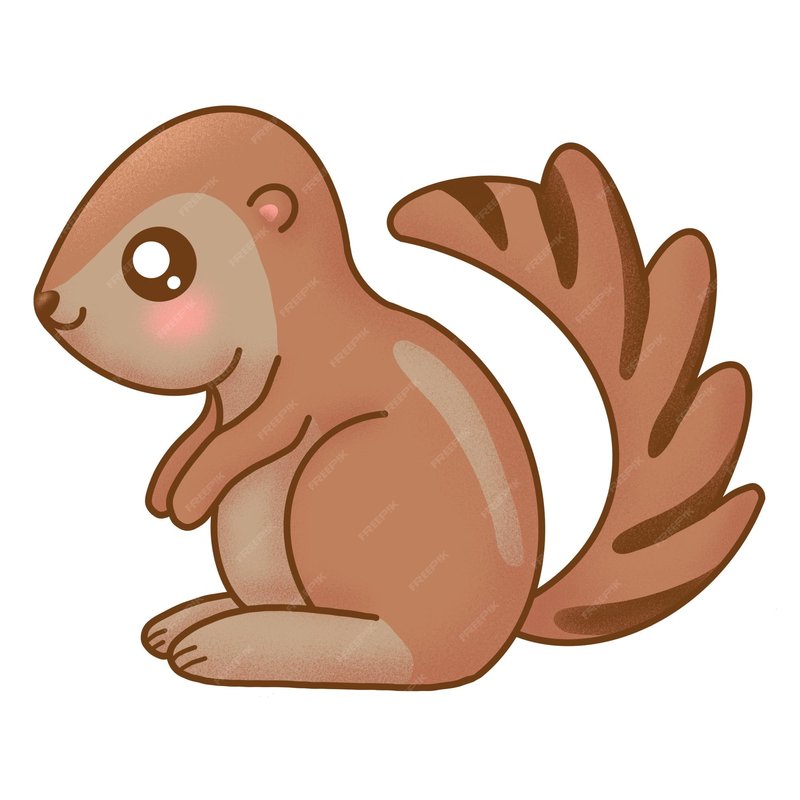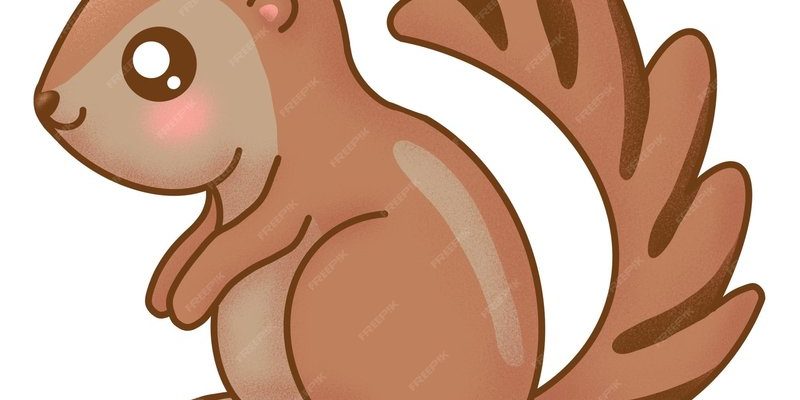
When you think of squirrels, you might picture fluffy tails and acorns, but there’s a whole world of fascinating species out there. One of these is the Xerus, a type of ground squirrel found mainly in Africa. Imagine them as the quirky cousins of our backyard squirrels, living life under the hot sun and adapting to unique environments. If you’re curious about how these creatures evolved and adapted over time, you’re in the right place!
Here’s the thing: understanding the evolutionary history of the Xerus isn’t just about knowing facts—it’s about connecting the dots in a story that spans millions of years. Think of it like piecing together a family tree; each branch tells us something important about who they are today. In this article, we’ll dig into how these furry animals have shaped their world and, in turn, how their world has shaped them.
What Are Xerus?
The term Xerus refers to a genus of ground squirrels, primarily found in Africa. They are medium-sized rodents, typically characterized by their long tails, stocky bodies, and short limbs. There are a few species within this genus, with the most notable being the Xerus inauris, also known as the African ground squirrel.
You might be wondering, what sets them apart from your average tree squirrel? For starters, Xerus species are well-adapted to life on the ground, unlike tree squirrels that prefer climbing. Their strong limbs are perfect for digging burrows, where they find shelter from predators and harsh weather conditions. Plus, they have a social side; you can often see them hanging out in groups, which is quite adorable!
The Early Ancestors: A Brief Overview
The evolutionary journey of the Xerus started millions of years ago, with their ancestors belonging to a larger group of rodents known as Sciuridae. Think of Sciuridae as the umbrella under which all squirrels, including tree squirrels and flying squirrels, gather. The early ancestors of Xerus began to diverge as they adapted to different environments and lifestyles.
It’s fascinating to think about how the environment shapes species. For instance, some ancestors may have started living in arid regions, leading to the development of burrowing behaviors and the traits we recognize today. This evolutionary path enabled them to thrive in such environments and survive against various predators.
Adapting to Their Environment
As the Xerus evolved, they faced various environmental challenges which pushed them to adapt. One of the key adaptations was their diet. These squirrels predominantly eat seeds, fruits, and even small insects. Their strong teeth are perfectly suited for cracking open seeds, allowing them to access nutrition in environments where food can be scarce.
Another significant adaptation is their social behavior. Living in groups not only provides safety in numbers but also helps with foraging. By working together, they increase their chances of finding food and alerting one another to danger. This cooperative behavior has been a big part of their survival strategy, illustrating how social structures in animals can evolve over time.
Current Distribution and Habitats
Today, Xerus species inhabit various regions across Africa, particularly in savannas and open grasslands. These environments provide the dry habitats they thrive in, where they can easily dig burrows and search for food. The adaptability to these landscapes is a testament to their evolutionary history.
You might wonder how their distribution has changed over time. As climates shifted and human activities expanded, the range of the Xerus adapted accordingly. They’ve been able to occupy new territories, showcasing their resilient nature and flexibility in facing challenges.
Threats and Conservation Status
Despite their adaptability, Xerus species face several threats today. Habitat loss due to agriculture and urban expansion has significantly impacted their populations. Additionally, they can fall victim to predators like hawks and snakes, which can disrupt their colonies.
Conservation efforts are crucial to ensuring that these unique creatures continue to flourish. Protecting their habitats and promoting awareness about their importance in the ecosystem can help maintain their populations. It’s a classic example of how every small effort counts in the bigger picture of conservation.
Fun Facts About Xerus
Now, let’s lighten things up with some fun tidbits about the Xerus! Did you know that these squirrels can often be seen standing upright? They do this to survey their surroundings, using their keen eyesight to spot potential threats. It’s like their version of a second floor lookout post!
Another interesting fact? Xerus have a unique way of communicating. They produce a series of chirps and whistles to warn each other about danger or to coordinate their foraging activities. It’s like having a built-in alert system among their social groups.
So, there you have it! The evolutionary history of the Xerus is a rich tapestry woven over millions of years. From their early ancestors adapting to new environments to their current challenges, these furry creatures tell a story of resilience and adaptation. Understanding their journey helps us appreciate the complexities of evolution and the importance of conserving their habitats.
As we continue to learn more about the Xerus and their place in the ecosystem, we can work towards ensuring their future. Every effort counts, and by spreading awareness, we can ensure that these adorable ground squirrels remain part of our world’s rich biodiversity.

